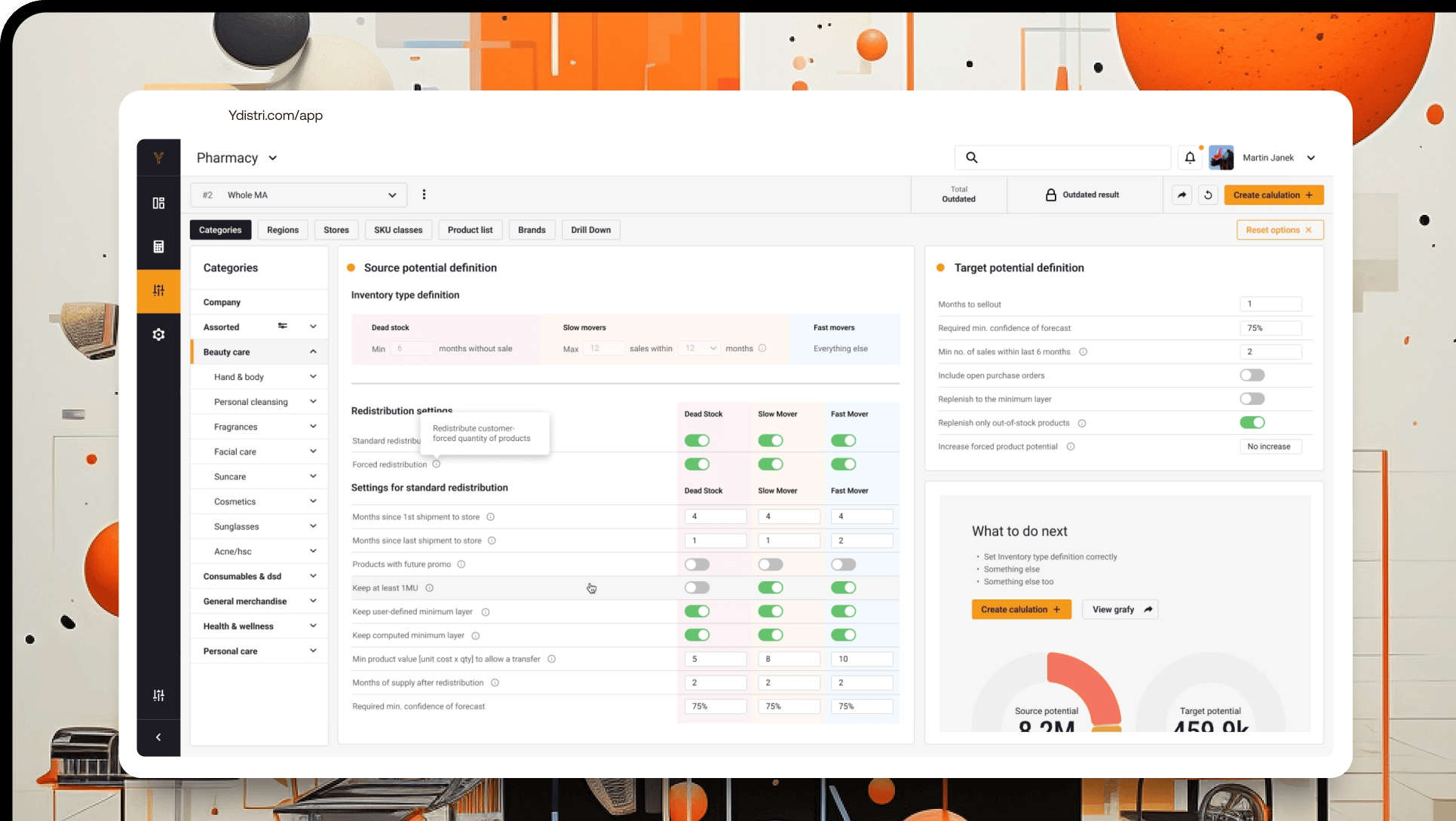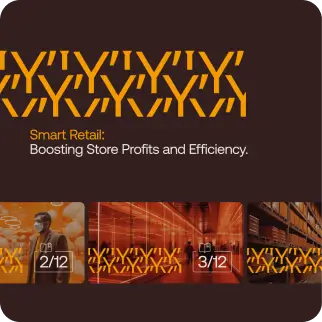These strategies aren't just small improvements—they represent a fundamental shift in how inventory is managed, offering a more responsive, data-driven approach to redistribution that better aligns with today’s market realities.

Retail today is more dynamic than ever, requiring quick, efficient adaptation to changing consumer demands. Traditional inventory management methods, often slow and inflexible, are struggling to keep up in this fast-paced environment. As retailers face growing pressures to optimize stock levels, reduce waste, and enhance customer satisfaction, innovative store-to-store transfer strategies are emerging as true game-changers.
Unpacking the Flaws of Conventional Methods
Traditional approaches to retail redistribution are rife with inefficiencies, leading to both overstock and stockouts, and ultimately hindering a retailer's ability to meet consumer expectations. Conventional methods, like static stock management and blanket distribution strategies, often fail to account for the nuanced and fluctuating nature of demand across different locations.
Let’s review the shortcomings of these outdated practices, illustrating how they can result in excessive inventory costs, lost sales opportunities, and a weakened brand reputation. By presenting industry statistics and benchmark studies, we can clearly quantify these impacts, making a strong case for adopting more innovative solutions.
Exploring the Frontier of Retail Innovation
At the core of this revolution in retail inventory management are three advanced strategies: automated transfer systems, dynamic pricing, and localized demand analysis. Each offers a unique set of tools that enable retailers to respond swiftly and intelligently to real-time data, ensuring that inventory is managed in a way that maximizes both efficiency and customer satisfaction.
- Automated Transfer Systems: These systems streamline the process of moving inventory between locations. By automating the identification of surplus stock and initiating transfers to understocked areas, retailers can ensure that products are always available where they are needed most, without manual intervention. This reduces the chances of stockouts and overstock, directly impacting sales and reducing waste.
- Dynamic Pricing: Dynamic pricing allows retailers to adjust prices in response to real-time market demand and inventory levels. This strategy helps in optimizing sales by increasing prices when demand is high or offering discounts to clear excess stock. Retailers can leverage data analytics to implement dynamic pricing across their stores, ensuring competitive pricing and maximizing revenue.
- Localized Demand Analysis: Localized demand analysis involves using data to understand the specific needs and preferences of customers in different regions or store locations. By analyzing purchasing patterns, demographic data, and local events, retailers can tailor inventory levels and marketing efforts to meet the unique demands of each area. This approach ensures that the right products are available in the right places, improving customer satisfaction and reducing the likelihood of unsold inventory.
In Conclusion: Envisioning the Future of Retail Redistribution
Looking forward, the adoption of these advanced store-to-store transfer strategies is not just a trend—it’s a necessary evolution for retailers who want to thrive in a competitive market. By embracing agility, responsiveness, and a customer-centric approach to redistribution, retailers can position themselves to meet the demands of today’s consumers while also enhancing their operational resilience.
The future of retail lies in the ability to scale these innovative strategies, adapt to emerging trends, and maintain a relentless focus on sustainability and customer satisfaction. As these practices become more widespread, they will redefine retail, creating a more dynamic, efficient, and customer-focused industry.


